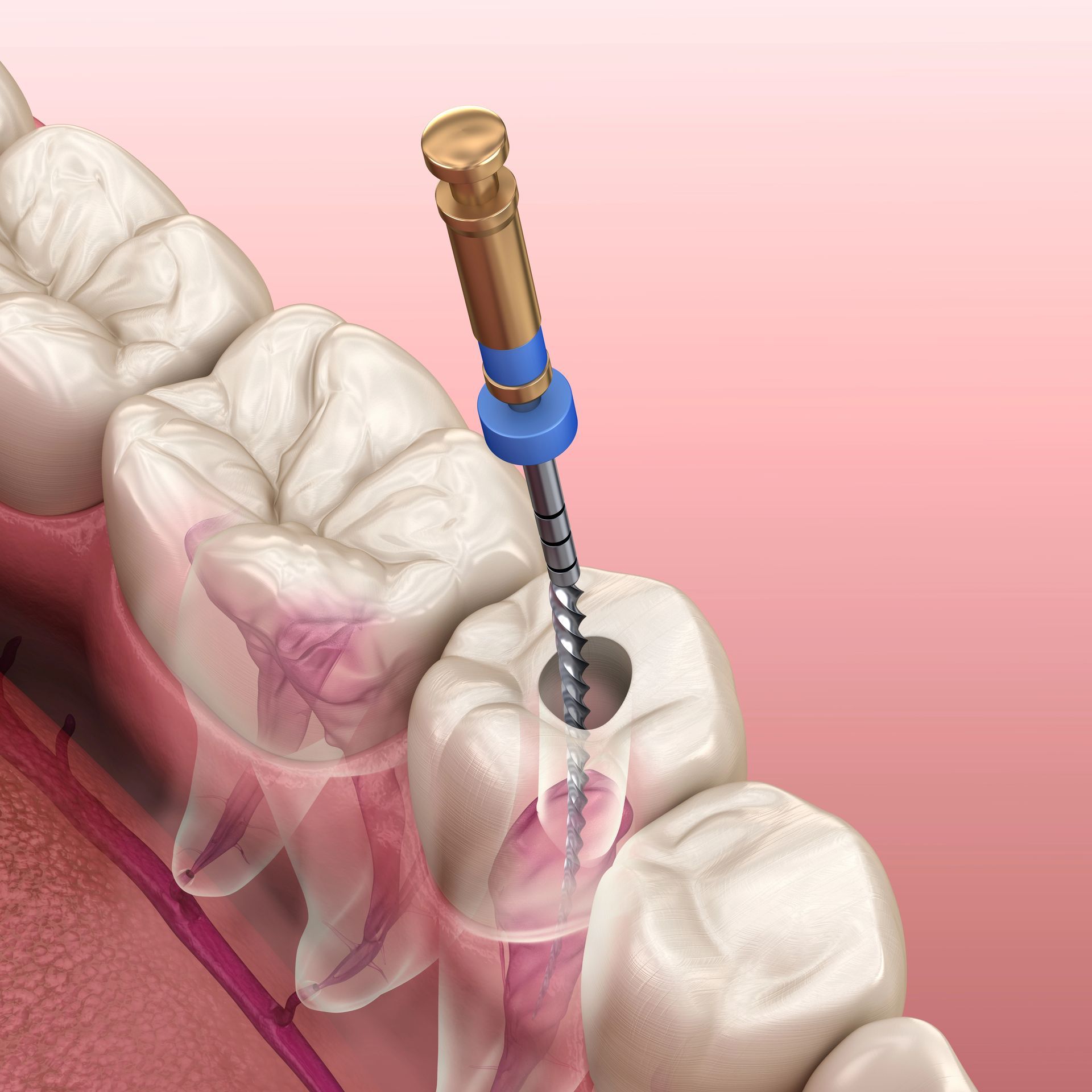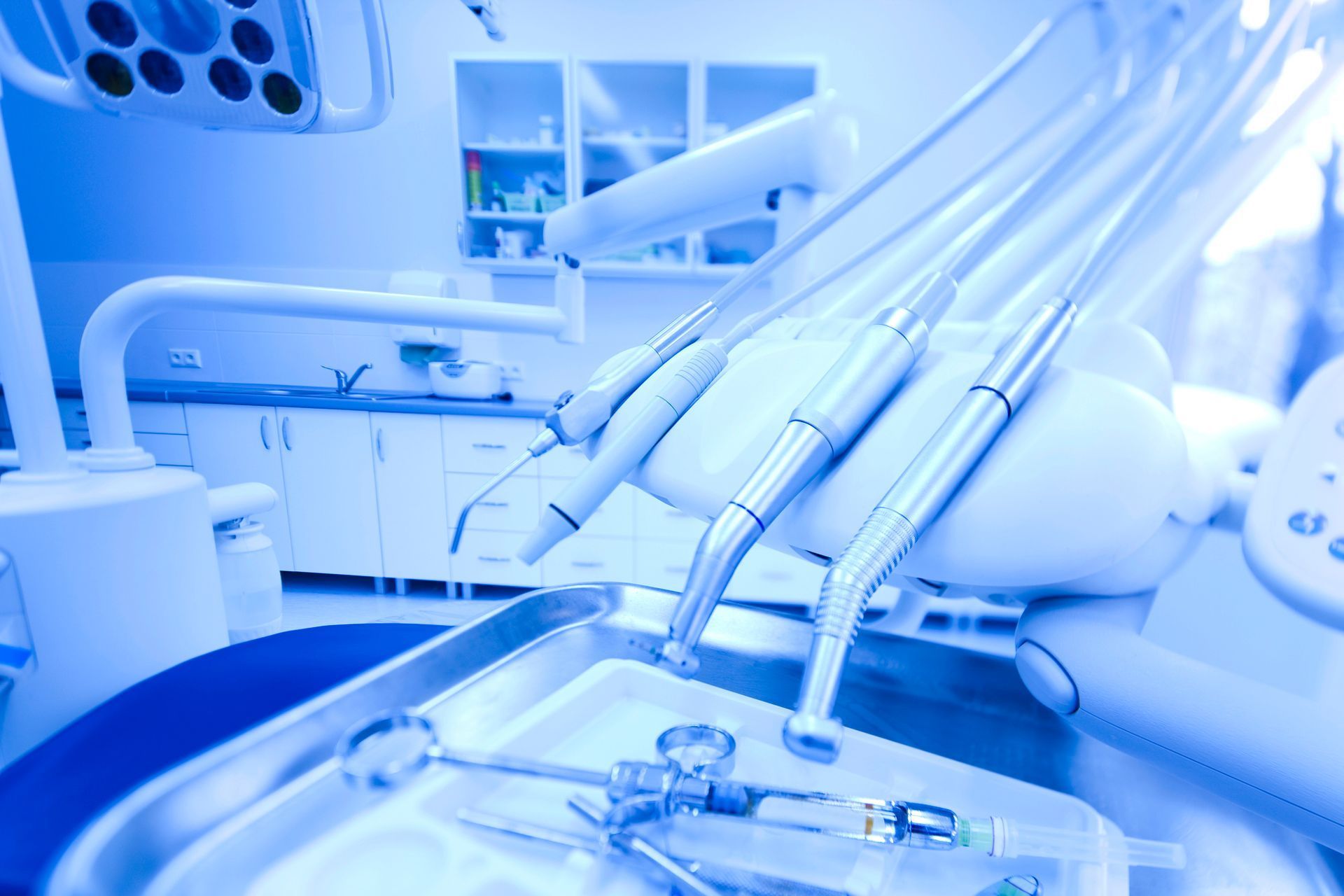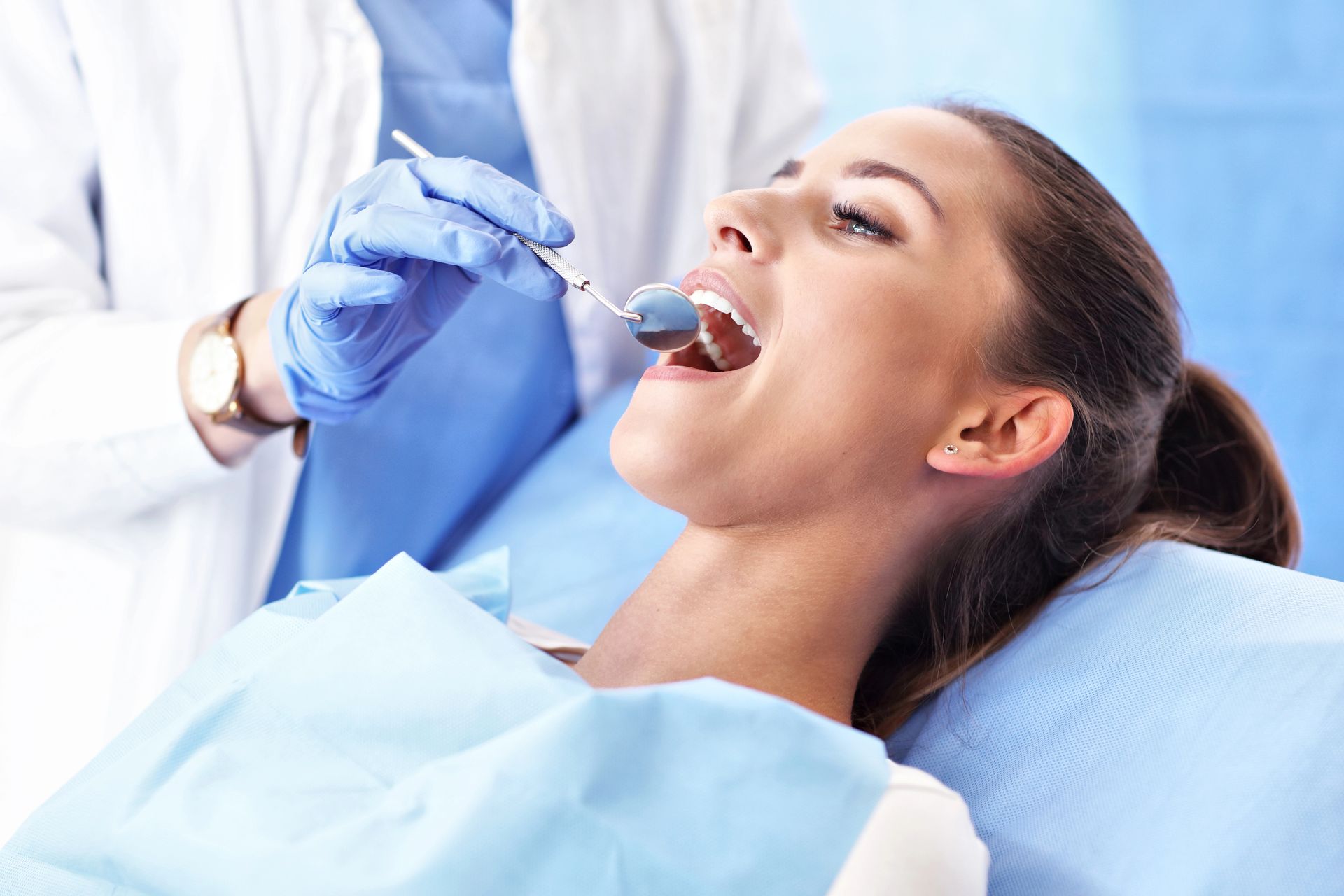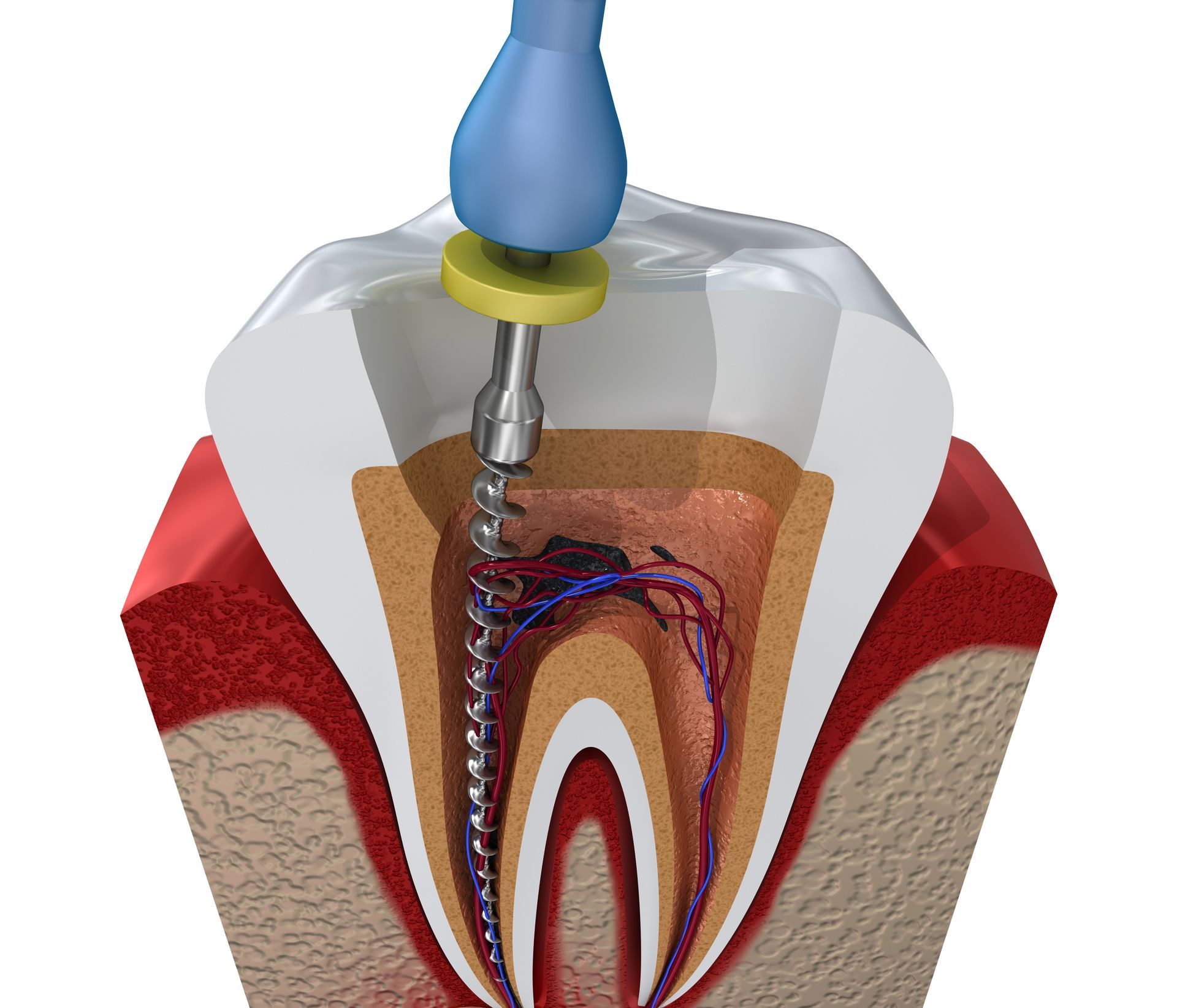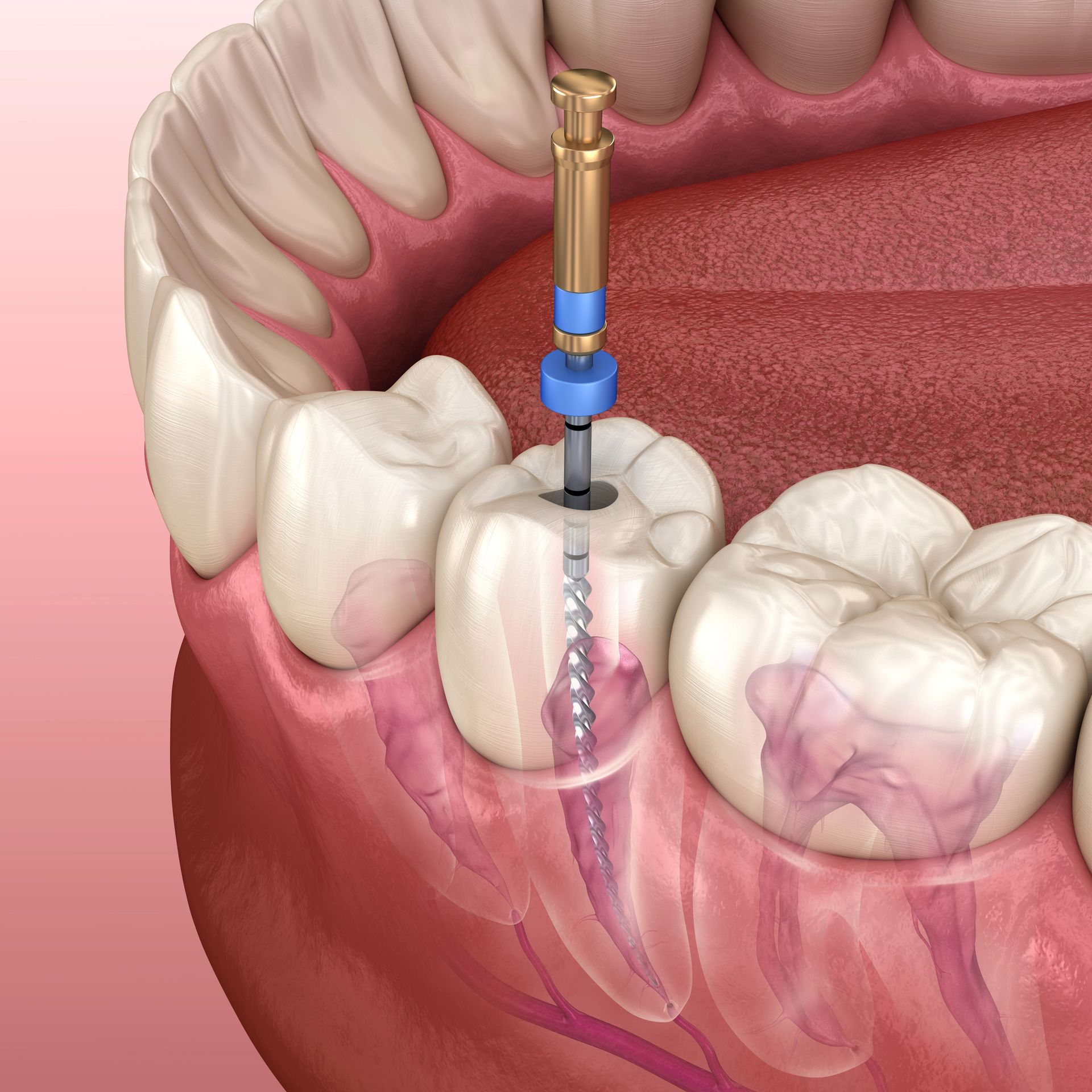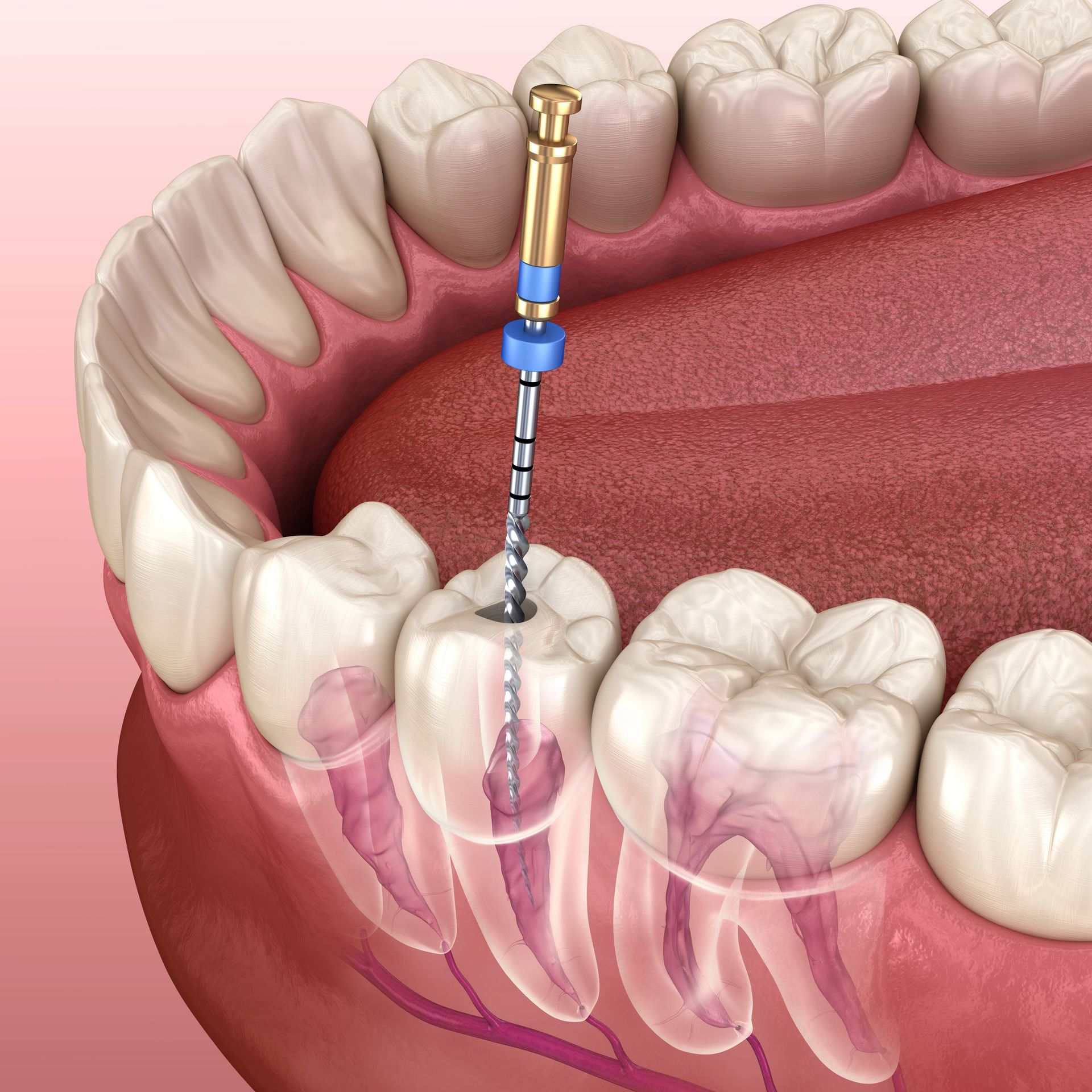What is the best dental crown material for molars when it comes to choosing the right option? The best dental crown material for molars depends on factors like durability, aesthetics, and personal preference. Understanding these factors can help in making an informed decision.
Understanding dental crown materials is essential when considering the best dental crown material for molars. Dental crowns are designed to restore the function and appearance of teeth, especially molars, which endure significant pressure from chewing. Various materials are available, each with unique properties that cater to different needs. The choice of material can impact the durability, aesthetics, and overall performance of the crown. Factors such as strength, longevity, and compatibility with natural teeth are crucial in determining the most suitable option for molars.
When exploring the best dental crown material for molars, it's important to consider how each material interacts with the natural tooth structure and oral environment. Some materials offer superior strength and resistance to wear, making them ideal for the heavy-duty role of molars. Others may provide a more natural appearance, blending seamlessly with existing teeth. Understanding these differences can help in making an informed decision about which material aligns best with individual dental needs. For more insights on specific materials, you can explore
How Long Do Zirconia Crowns Last and How to Maintain Them?
Durability of Molar Crowns
When considering the best dental crown material for molars, durability is a crucial factor. Molars are subjected to significant pressure and wear due to their role in grinding and chewing food. Therefore, the material chosen for molar crowns must withstand these forces over time. The durability of a molar crown can impact its longevity and effectiveness, making it an essential consideration for anyone looking to maintain their dental health.
Different materials offer varying levels of durability, which can influence the overall performance of the crown. Understanding the durability of each option can help in making an informed decision that aligns with individual needs and lifestyle. For more insights on dental crowns, you can visit the
Columbia Dental Crown Experts.
Aesthetic Considerations for Molars
When selecting the best dental crown material for molars, aesthetics may not be the primary concern, but it still plays a significant role in the decision-making process. Molars are primarily used for chewing and are located at the back of the mouth, making them less visible than front teeth. However, the appearance of molar crowns can still impact overall dental aesthetics, especially when smiling or speaking. The best dental crown material for molars should ideally blend seamlessly with the natural color and translucency of your teeth, ensuring a harmonious look. While functionality and durability are often prioritized for molars, achieving a natural appearance remains an important consideration for many individuals seeking dental restorations.
Cost Factors in Crown Selection
When considering the best dental crown material for molars, understanding the cost factors involved is crucial. The price of dental crowns can vary significantly based on the material chosen, with options ranging from more affordable to premium choices. Factors such as durability, aesthetic appeal, and longevity play a role in determining the overall cost. Additionally, the complexity of the procedure and the expertise of the dental professional can influence pricing. It's important to weigh these cost considerations carefully to make an informed decision that aligns with your budget and dental needs. For those seeking expert advice, Design Dentistry Columbia offers insights into various options available, and you can learn more by visiting their
Columbia Dentist
page.
Longevity of Different Crown Types
When considering the best dental crown material for molars, understanding the longevity of different crown types is crucial. Various materials offer distinct durability levels, impacting how long they can effectively protect and restore molars. Metal crowns, known for their strength, often provide long-lasting solutions, while ceramic and porcelain options offer a more natural appearance with varying degrees of durability. Resin crowns, although less durable, are sometimes chosen for their cost-effectiveness. Each material's lifespan can be influenced by factors such as oral hygiene practices and individual dental habits, making it essential to consider these aspects when evaluating the best dental crown material for molars.
Biocompatibility of Crown Materials
When considering the best dental crown material for molars, biocompatibility is a crucial factor to keep in mind. Biocompatibility refers to how well a material integrates with the body without causing adverse reactions. This is particularly important for molars, which endure significant pressure and are in constant contact with oral tissues. Materials that are biocompatible are less likely to cause irritation or allergic reactions, ensuring a more comfortable and long-lasting fit. Understanding the biocompatibility of different crown materials can help in making an informed decision that aligns with individual health needs and preferences.
Strength Requirements for Molars
When considering the best dental crown material for molars, understanding the strength requirements is crucial due to the significant pressure these teeth endure during chewing. Molars are primarily responsible for grinding food, which subjects them to substantial forces that can lead to wear and tear over time. Therefore, the material chosen for dental crowns in this area must be exceptionally durable to withstand these stresses. The best dental crown material for molars should offer a balance of strength and resilience to ensure long-lasting performance and maintain oral health effectively.
Maintenance of Molar Crowns
Proper maintenance of molar crowns is essential to ensure their longevity and functionality, regardless of the best dental crown material for molars you choose. Regular dental check-ups and good oral hygiene practices play a crucial role in maintaining the integrity of your crowns. By keeping the surrounding gums and teeth healthy, you can help prevent potential issues that might affect the crown's performance. Understanding the specific care requirements for different materials can also contribute to the overall success of your dental restoration, ensuring that your molar crowns continue to serve their purpose effectively over time.
Innovations in Dental Crown Technology
In recent years, innovations in dental crown technology have significantly influenced the options available for the best dental crown material for molars. Advances in materials science have led to the development of crowns that offer enhanced durability and aesthetic appeal, catering to the unique demands of molar teeth, which require strength to withstand the forces of chewing. These technological advancements have expanded the range of materials, allowing for more personalized solutions that can better mimic the natural appearance and function of teeth. As research continues, the evolution of dental crown technology promises to further refine the choices available, ensuring that patients receive optimal outcomes for their dental health needs.
Conclusion
Choosing the best dental crown material for molars is crucial for long-term oral health, and if you have any questions or need further assistance, feel free to call us at
803-408-7163
or check out our
Google Maps
reviews
.
